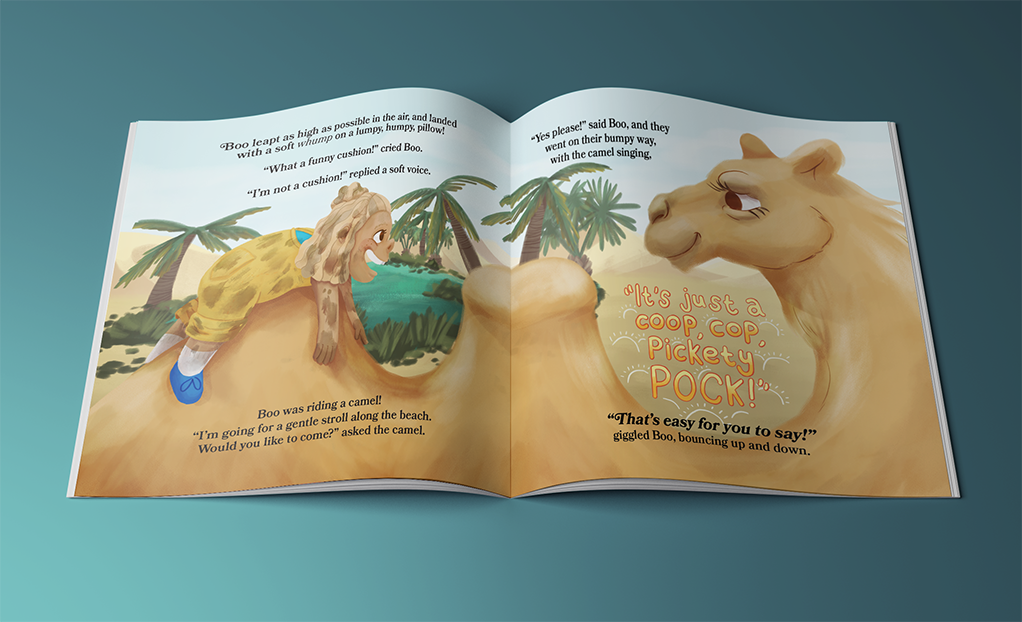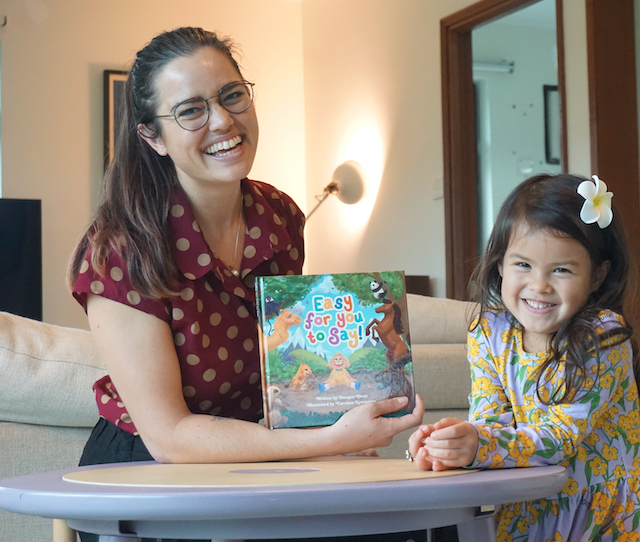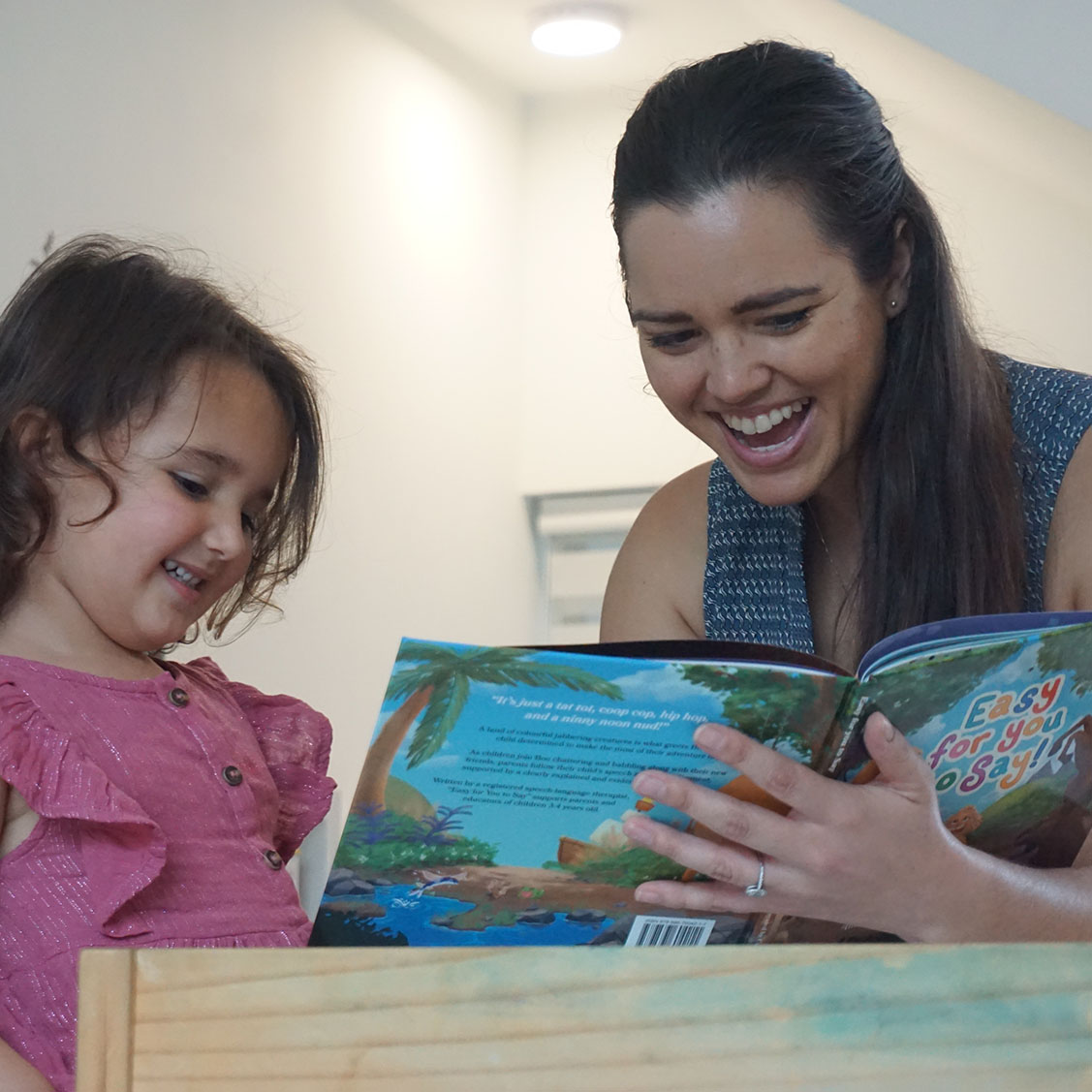EASY FOR YOU TO SAY
Parent Speech Sound Development Guide



How to use this book
Parents, I know you have questions. Let me help you out!
A Parent's Guide
'Easy for You to Say' is a picture book which takes children on an amusing and engaging adventure across a mysterious island with my friend Boo.
Design
It is designed to be read with a parent in the style of shared book reading, which encourages engagement by the child throughout the storytelling and reading process. Your child will love challenging you with silly words to see who can say it better!
Animal Friends
While children discover a strange land full of quirky animal friends, parents are able to follow along with their child's speech sound development by tracking their child's productions of the nonsense words, and filling in the information in the parent guide at the back of the book.
Age Group
This guide is evidence based and explains which errors are developmentally appropriate for children at different stages between the ages of 3-4 years old.
An Overview
‘Easy for You to Say’ is a bright and engaging children’s book.
While children follow the protagonist, Boo, across a fantastical island populated by chatty creatures, parents follow their child’s speech sound development, supported by a clearly explained and evidence based guide.
My goal is to empower parents, caregivers, and educators, and to ensure that children are given the best support for their developing communication.
How to interpret this book
This book is primarily designed for children who use English as their first language (the language they speak around the home, which is generally the first language they started speaking).
However, it can be used as a guide for children who are learning English as an additional language. It is important to note that while the speech sound acquisition data (that is, which sounds develop naturally at which age) covers the results of studies done in 27 different languages, this book may not account for the developmentally appropriate error patterns specific to each of these languages.
The research on this topic is mixed, with some studies stating that multilingual children acquire speech sounds at a slower rate than monolingual children, whereas others showing that multilingual children developed sounds earlier than their monolingual peers. What the research seems to agree on is that multilingual speech sound production and error patterns are made up of a blending of the sound systems and patterns of the two languages. So it may be that your child uses some patterns from English when they speak their home language as well. The main take away from this is not to worry, as this is a completely normal part of multilingual children’s speech development.
If you notice a continuous error in your child’s speech, try seeing if your child can say the sound in isolation. If they can, fantastic! If they cannot, try and find an example of this sound in your language. It may be that it is not used, in which case it would be considered completely developmentally appropriate for your child to substitute this sound for another.
Example:
A child whose first language is Putonghua may have difficulty producing “b”, “d”, or “g”. Spanish or French speaking children may find it difficult to produce “h”. Children who use Cantonese as their first language may show a pattern of leaving off final consonant sounds such as “t”, “k” or “g”.
If you believe that despite this, your child’s errors are having a negative impact on their ability to communicate, please trust your instincts and investigate further with a speech-language therapist. Early intervention is key! No two multilingual children will be exactly the same, and it is not possible to cover all variations in a general resource like this one. Early intervention is key!
For further information on multilingual children’s speech, please check out the
range of resources available here: https://www.csu.edu.au/research/multilingual-speech
Paperback copies of ‘Easy for You to Say’ can also be found in your local Bookazine store.
Reference List
Children’s Consonant Acquisition in 27 Languages: A Cross-Linguistic Review
Sharynne McLeod & Kathryn Crowe
McLeod, S., & Crowe, K. (2018). Children’s consonant acquisition in 27 languages: A cross-linguistic review. American Journal of Speech-Language Pathology, 27(4), 1546–1571. https://doi.org/10.1044/2018_ajslp-17-0100
The influence of bilingualism on speech production: A systematic review
Helen Hambly, Yvonne Wren, Sharynne McLeod, and Sue Roulstone
Hambly, H., Wren, Y., McLeod, S., & Roulstone, S. (2012). The influence of bilingualism on speech production: A systematic review. International Journal of Language & Communication Disorders, 48(1), 1–24. https://doi.org/10.1111/j.1460-6984.2012.00178.x
Children’s English Consonant Acquisition in the United States: A Review
Kathryn Crowe,
and Sharynne McLeod
Crowe, K., & McLeod, S. (2020). Children’s English consonant acquisition in the United States: A Review. American Journal of Speech-Language Pathology, 29(4), 2155–2169. https://doi.org/10.1044/2020_ajslp-19-00168
Phonological development: a normative study of British English-speaking children
Barbara Dodd, Alison Holm, Zhu Hua and Sharon Crosbie
Dodd, B., Holm, A., Hua, Z., & Crosbie, S. (2003). Phonological development: A normative study of british english‐speaking children. Clinical Linguistics & Phonetics, 17(8), 617–643. https://doi.org/10.1080/0269920031000111348
want to
talk with us?
Leave your details and we will contact you!
VISIT US
© 2022 IMAGINE SPEECH LANGUAGE PATHOLOGY
FOLLOw US
We'd Love to work with you
Web Design by: Melissa Diane Consulting
